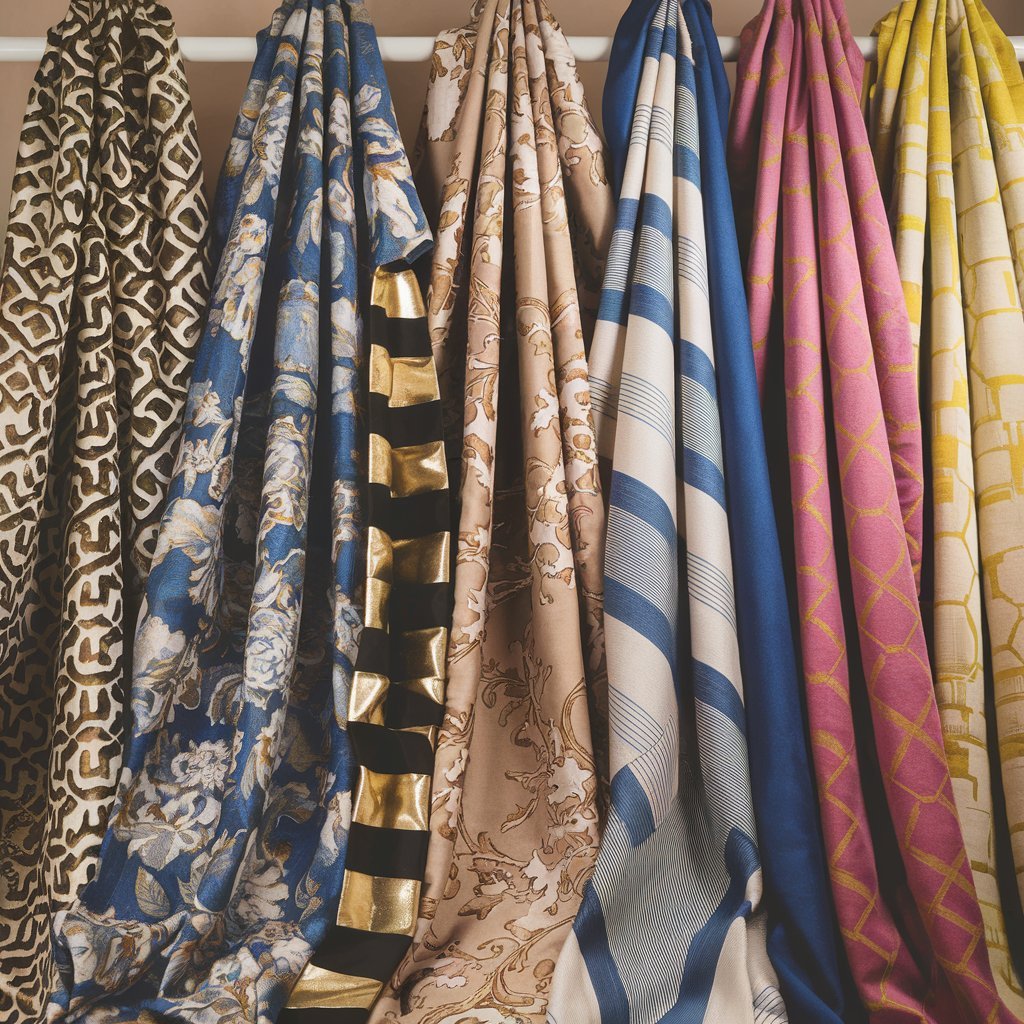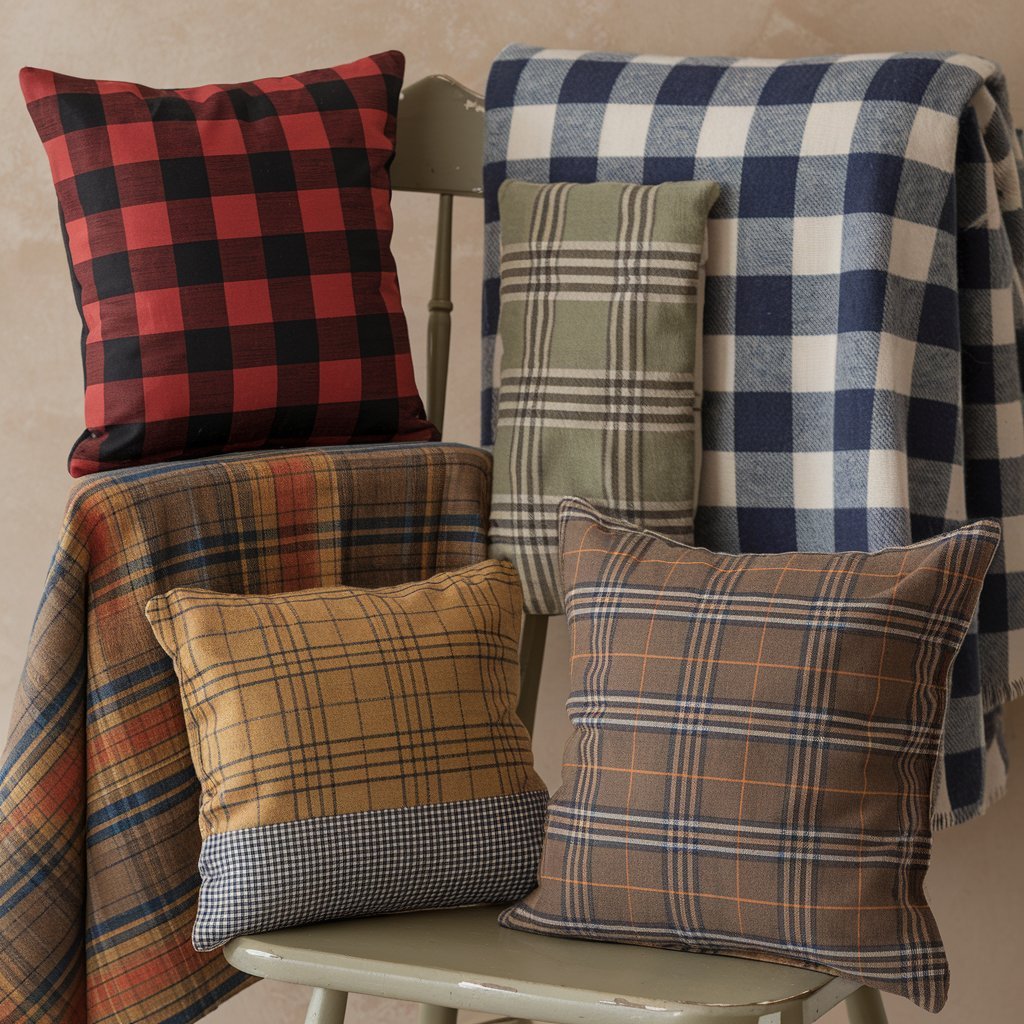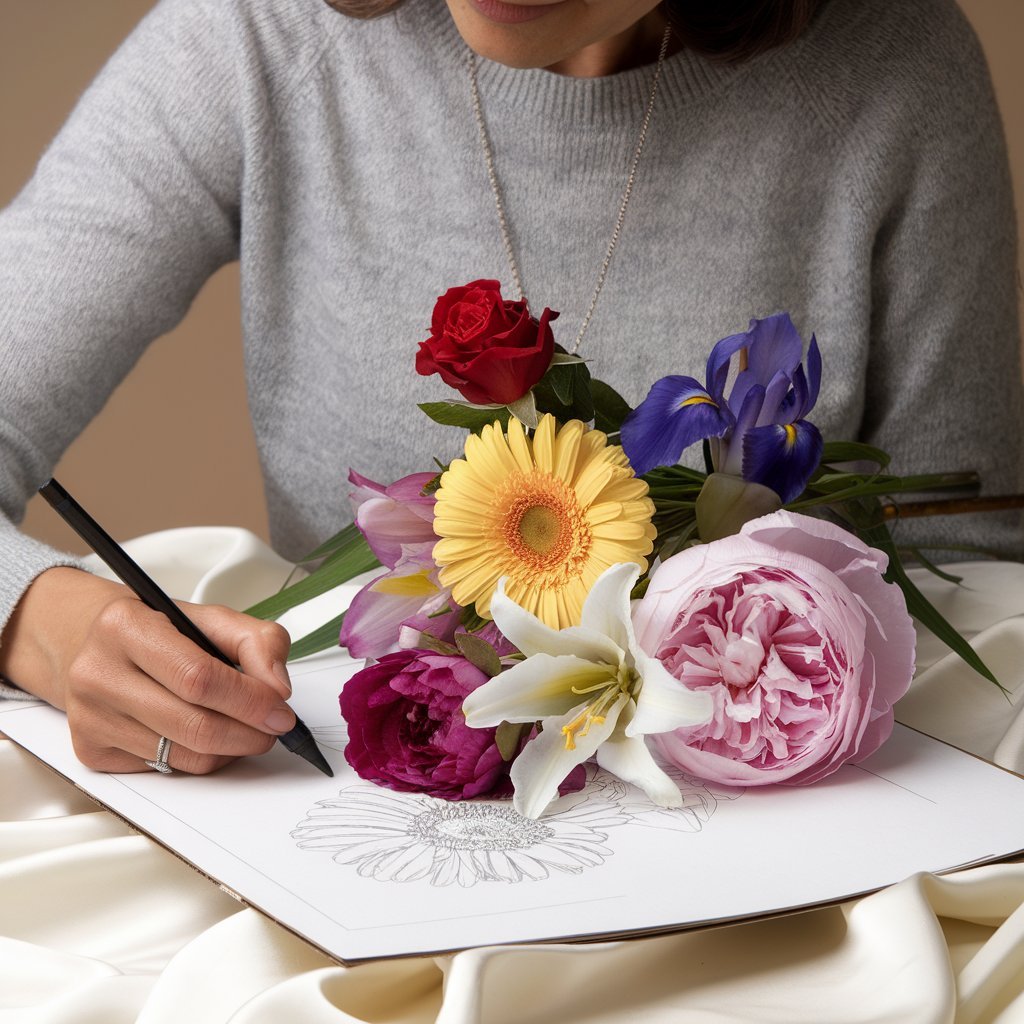We have learned that a drape is an atmosphere changer for a home — they are not simply something to cover a window, but are to frame one's world in beauty and grace. The richness of the textures in the drapery, how easily they move, and how they reflect the light—these are all instant choices that set up the tone of your interiors.
But now, here's the hitch — not all fabrics for drapery are created equal. Whereas the choice of your drapery fabric could make or break both aesthetics and performance of your window treatment, that type of fabric weave could make the curtain drapes that perfect piece of grace and beauty. Looking for something elegant? You need the right weave. Control of light? Density matters. From translucent types of fabric drapery, which give an almost magical current of light, to somewhat thicker ones that can muffle noise and block off sunlight, choosing the right fabric for your window drapery fabric is critical.
Whether digging through drapery fabric stores, house custom drapes, or just hunting for drapery inspirations for sliding patio doors, this guide takes you through seven splendid types and how to use them for a more alluring finish.

1. SILK: A Prestige with Play of Light
Want drama? Want sophistication? Silk drapery fabric is your ultimate choice. The fabric drapery with beautiful glint and fine texture makes the folds fall smoothly, almost like draping liquid gold.
“Let the sun kiss your silk panels, and your space will shine with timeless nobility.”
Silk goes splendidly with traverse rods and customized drapery hardware. With high ceilings and ample spaciousness, these silk drapes by the yard are a better application if they are made to exact specifications. For an elegant sitting room, dining space, or luxurious bedroom, silk sure speaks volumes — softly yet powerfully.

2. VELVET: Plush Warmth Meets Regal Drama
No drapery fabric could contest velvet in drama, richness, and texture. Say velvet if you are thinking of that cozy winter retreat or that majestic ambiance! Its substantial weight confirms maximum blackout capability, which means velvet curtains can very well be entirely functional as a blackout drapery fabric.
Imagine thick, big panels with grand carved wooden rods and antique tiebacks. Velvet curtains are the finishing touches to window decorations, just like frames are to paintings.
3. LINEN: Casual Elegance That Breathes
If your design features calm, casual yet chic elements, linen drapery fabric fits the bill perfectly. The fabric's open weave accepts light while maintaining privacy, making it perfect for sliding patio doors, minimalist interiors, or coastal styles.
Double rods with one panel of sheer linen and another of solid linen present a layered look that is anything but boring and very much on-trend. Pure Linen fits naturally within a boho interior, or a rustic or Scandinavian style, kind of interiors where less is more and comfort is king.
"When in doubt, go linen- it never goes out of fashion."

4. COTTON: Classic Fabric for Every Room
A jack-of-all-trades in the world of drapery fabric is cotton. Lighter but sturdy, breathable yet structured, cotton fabric can fit any design language. Whether for your modern study or a child's whimsical room, cotton does it all.
It comes in various finishes, starting with cotton sheer to diffuse light through to woven blackout cotton for privacy and light control. Looking to buy drapery fabric yard quantities to DIY? The cotton fabric greatly appeals to decorators and homeowners because of its easy care.

5. SHEERS: Light and Whispery
Sheer fabrics are the icing on the cake if you want that dreamy atmosphere! They gently filter sunlight, maintaining a light ambiance throughout the spaces, while providing some measure of privacy.
Try to pair sheers with heavier panels while mounting with drapery clips or holdbacks. On a layered rod system, the sheer fabric helps to soften any space, ideal for sunrooms, coastal bedrooms, or French-inflected living areas.
"A room with sheer drapery is like poetry in motion — always dancing with the light."
6. BROCADE: Baroque Period Glamour, with All the Wrong Glamour
Want to pay a bold tribute? Then loud and proud with brocade drapery fabric. Intricate designs with rich texture and sometimes metallic A-game brocade are the playground of the artisan. Probably the most floral fabric loved by people who want to express something traditional and princely.
Furnish informal dining rooms or great hallways with the luxurious beauty of brocade. Combine your taffeta curtains with French return or traverse rods to get stunning, elegant sweeps of line. Add a few tiebacks, and your curtains are immediately acceptable subjects for conversation instead of plain window treatments.

7. TAFFETA: Crisp, Tailored, and Polished
Taffeta is fantastic if you wish your setting to be both polished and slickly presented. Since this crisp, staccato fabric keeps pleats unfailingly, it performs well in zones where symmetry and tidiness are pursued.
“With taffeta, you receive a fabric that does not flow, but stands its ground”.
This cloth is highly recommended for formal settings; even personal tailoring can add to the sophistication of such settings. Accompany these drapery pieces with pinch pleats, lined headers, and custom rods for enduring propriety in your curtains. When one is looking for drapery fabric by the yard, taffeta is the fabric that is perfect when shopping by the yard.

Conclusion: Choose Smart, Style Smarter
If I take you down to the best drapery fabric, then it comes down to what you’re wanting in your space.
• For high-glam interiors: Silk, Velvet, or Taffeta.
• For everyday elegance: Linen, Cotton, or Sheer.
• For bold and artistic charm: Your drapery fabric isn’t just fabric – it’s a statement, so make it a memorable one.
Remember, too, that fabric selection is only one component of drapery design. Upgrades such as rods, tie backs, and clips are the final touch to your drapery. Visit drapery fabric merchants with your design in mind, study the swatches, and think about taking artwork drapery fabric by the yard basis to do your projects or work with a designer.
In interior design, drapery fabric is more than fabric; it is a bold decal. Choose a fabric that truly represents your style and helps to add to your room.
FAQ’s
1. What color should we use for draperies in the bedroom?
The most advisable colors for bedroom drapes are the nicest colors, such as blue, gray, beige, or any other natural color, for bedrooms especially because bedrooms are expectant of a relaxing environment. Dark-toned colors like deep navy or Charcoal also give the feeling of cozy intimacy, and curtains that block out more light are better for sleeping. For those who want to add more minimalism to the room, it is recommended to install white or light grey curtains, which will enhance the feeling of the room as light as possible, yet it will still be quiet and cozy.
2. How to make drapery curtains?
To make drapery curtains, follow these steps:
- Take measurements across the windows to get the width of the curtains you’ll need, and for extra length for hems and fullness.
- Select the material and check it along with the suited size that can accommodate hems. Sew around the borders by folding the fabric at the required corners for neat work.
- For the rod pocket, fold the top part and sew it to fit on the curtain rod or insert curtain rings.
- To ensure that wrinkles are eliminated, iron the fabric before hanging the curtains on your rod.
3. How to hang drapery rods?
To hang drapery rods:
- Size and scribe the height you want above the windows, which should be about 4-6 inches above the window trim.
- These marks should be checked to make sure that they are leveled on both sides using a level.
- According to the points marked, drill pilot holes for the brackets.
- Just tighten the brackets firmly to the wall.
- Slide the drapery rod into the brackets, and then you can drape the curtains if that is what you want.
4. How to install a drapery rod?
To install a drapery rod:
- Mark where you want the rod to be placed, and usually it is 4-6 inches above the window frame.
- Make holes that will accommodate the brackets.
- Turn the brackets in until they are tight.
- Slide the rod through the curtain or use the rings, and place the rod in the brackets.
- Screw any loose ends up tightly enough to lock the rod firmly in position.



